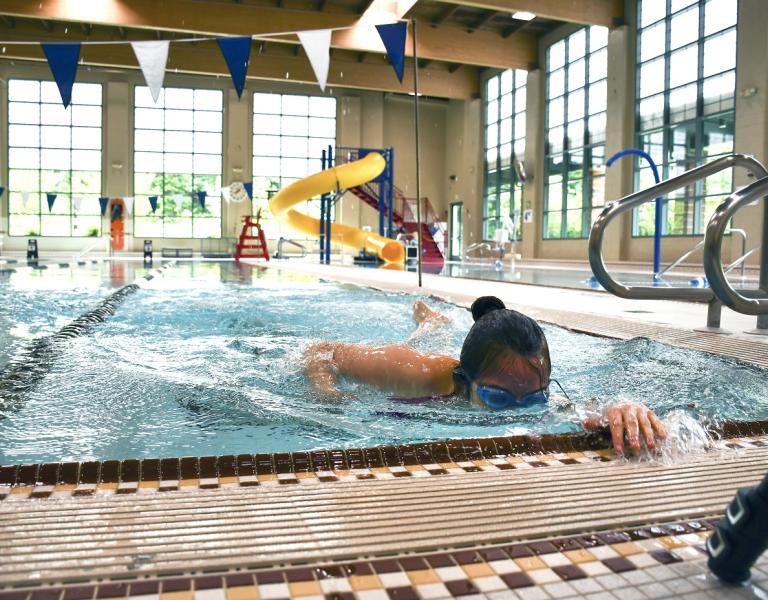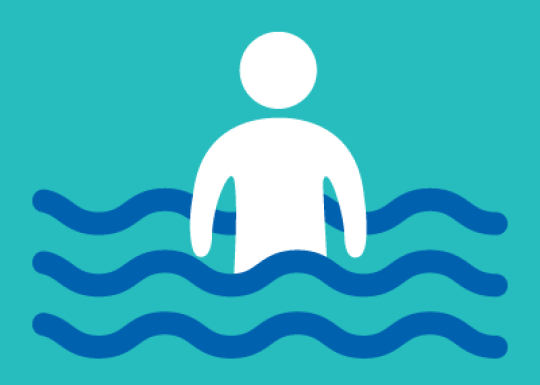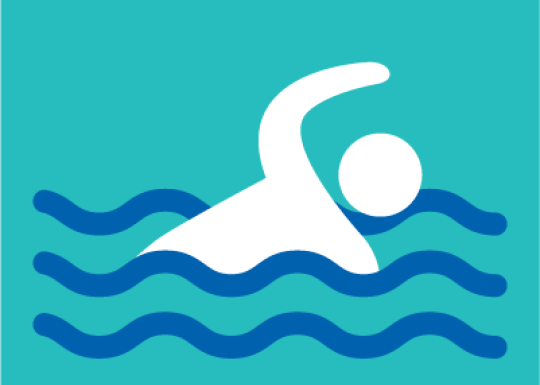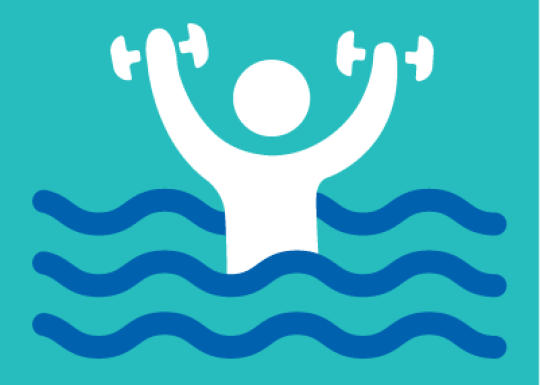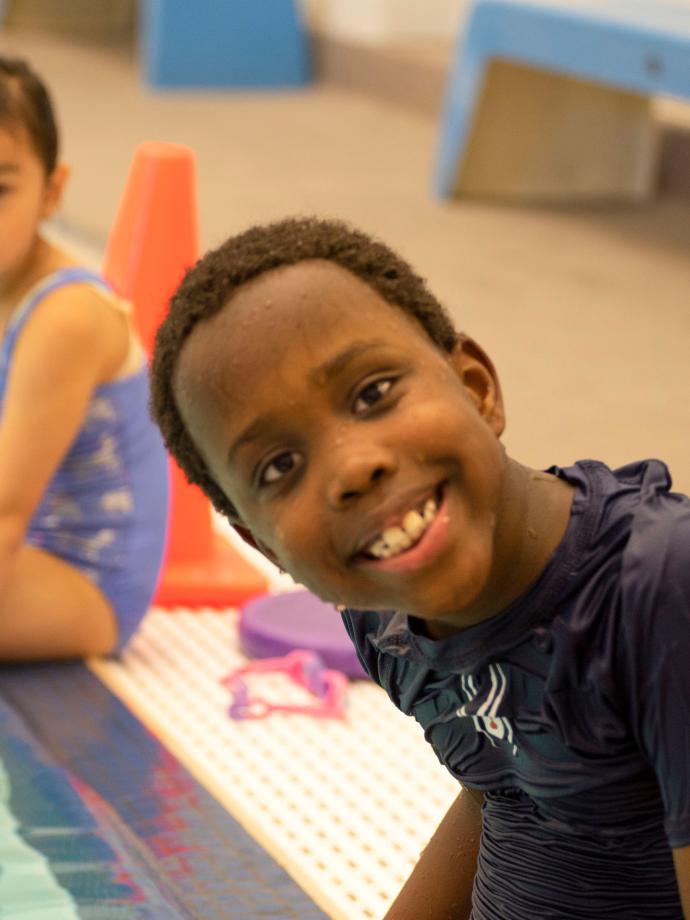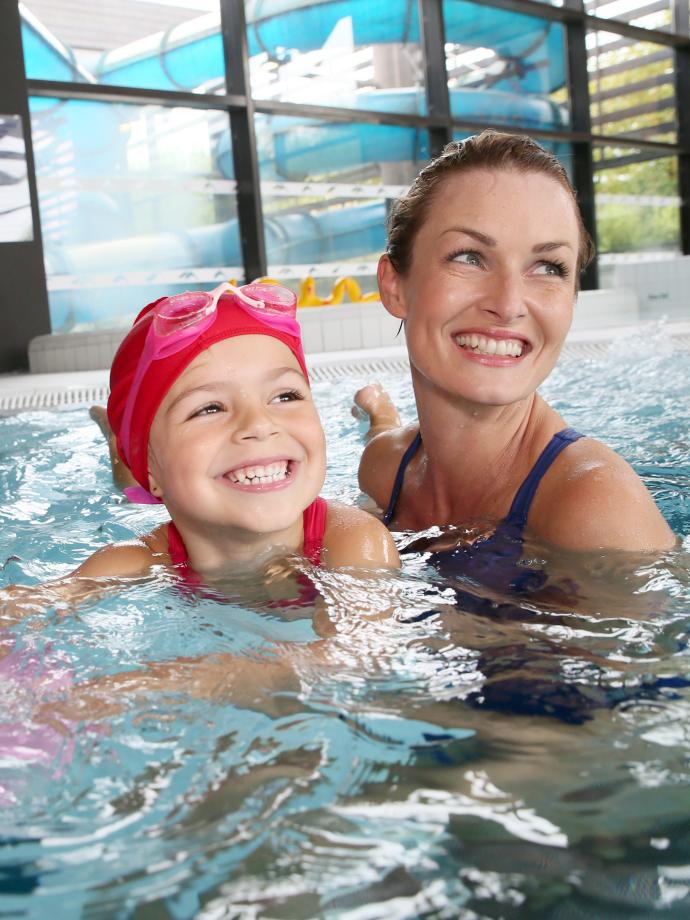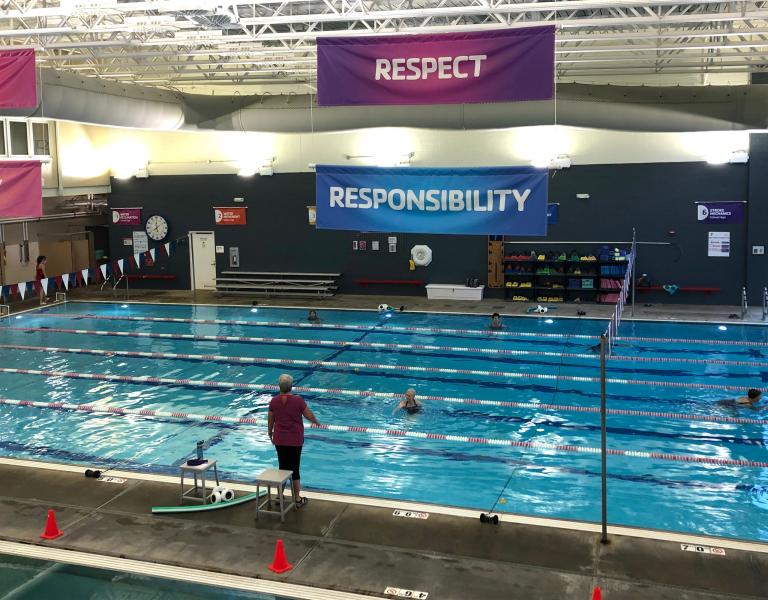School Age 4
In the Stroke Introduction class, basic stroke techniques in front crawl and back crawl are taught while also emphasizing water safety through treading water and elementary backstroke. Participants in this stage must be able to swim independently on front and back before enrolling.
During lessons, participants learn how to do front crawl with rotary breathing, back crawl, elementary backstroke, breaststroke kick, butterfly kick, and tread water. Additionally, they will work on improving their ability to swim with any stroke or combination of strokes.
